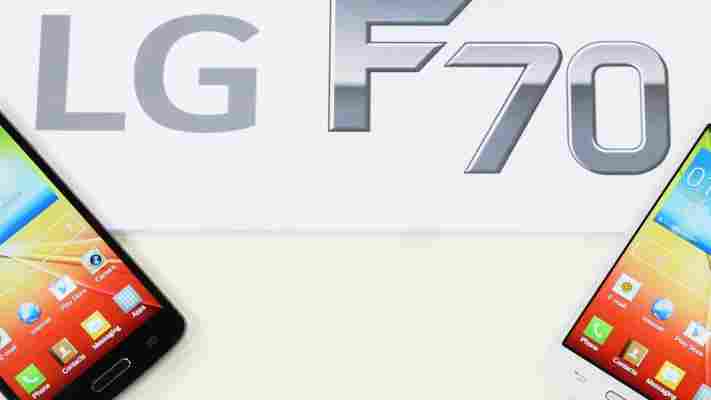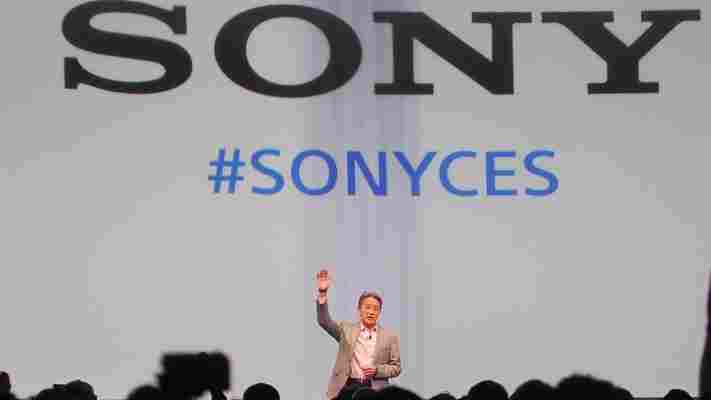Korean smartphone manufacturer LG has been announcing a series of new smartphones aimed at different target audiences, as it seeks to spread its net as far and wide as it can to rake up overall sales of its devices.

Today, it took the wraps off the F70 at Mobile World Congress in Barcelona, a 4.5-inch mid-tier smartphone targeted squarely at new LTE customers. This comes as LG says it is intent on expanding its footprint in 4G markets.
The F70 is powered by a 1.2GHz quad-core processor and features a removable 2,440mAh battery that LG claims “has the largest capacity in its class” so users can tap on LTE without having to recharge mid-day. It runs on Android 4.4 KitKat, comes with 1GB RAM and has a 5-megapixel rear camera.
LG’s latest device also features its Easy Home launcher, which simplifies the home screen while increasing the size of icons and fonts — and it also comes equipped with LG’s newest UX feature, Knock Code, which allows users to power on and unlock their smartphone by tapping a personalized pattern on the screen.
Images via LG
All of Sony’s 2015 Bravia Smart TVs will run Android TV
Unlike Samsung, which is switching to it’s own homegrown OS on its TVs, Sony is going the other direction and adopting Google’s open Android TV platform.

During the Sony CES keynote today, the company confirmed that all future Bravia Smart TVs will run Android TV as their software platform. This also means that all Sony TVs are able to be used with Google’s “cast” technology that was announced today .
Google announced Android TV back at I/O in June 2014 and Sony adopting the OS for direct integration is a huge win for the company’s second attempt at creating a TV platform.
Newcomer OnePlus aims to disrupt the smartphone industry with ‘truly outstanding’ devices
Pete Lau, formerly a VP with electronics firm Oppo , has branched out on his own after unveiling OnePlus , an ambitious new company aiming to produce “truly outstanding” smartphones while using an Internet-based distribution model.

Lau, who previously led Oppo’s BlueRay division, left his employer earlier this month amid rumors that he will work with Cyanogen (an Oppo partner) on a new Android device. Lau’s initial comments, in a Google+ update , are light on specific details, other than his realization that the challenge of building a brand from scratch is not an easy one — but he revealed more in interviews.
“We will create a more beautiful and higher quality product,” Lau told The Verge . “A lot of the phones on the market aren’t perfect enough. This is where our chance lies.”
The first OnePlus device is due in the first half of 2014, and the company may move into wearable devices later, Lau says.
➤ From Oppo to OnePlus: a new company wants to build the next great smartphone [The Verge] | Google+
